Generative Design Meets Additive Manufacturing
Certain things in this world go together. Peanut butter and chocolate, pinball machines and arcades, and Jeeps and off-road. Generative Design and Additive Manufacturing are part of the great pairing’s hall of fame.
We all know what Additive Manufacturing or, 3D Printing is. 3D Printing has become a household word over the last decade. 3D Printing creates something from nothing, layer after layer to print your part.
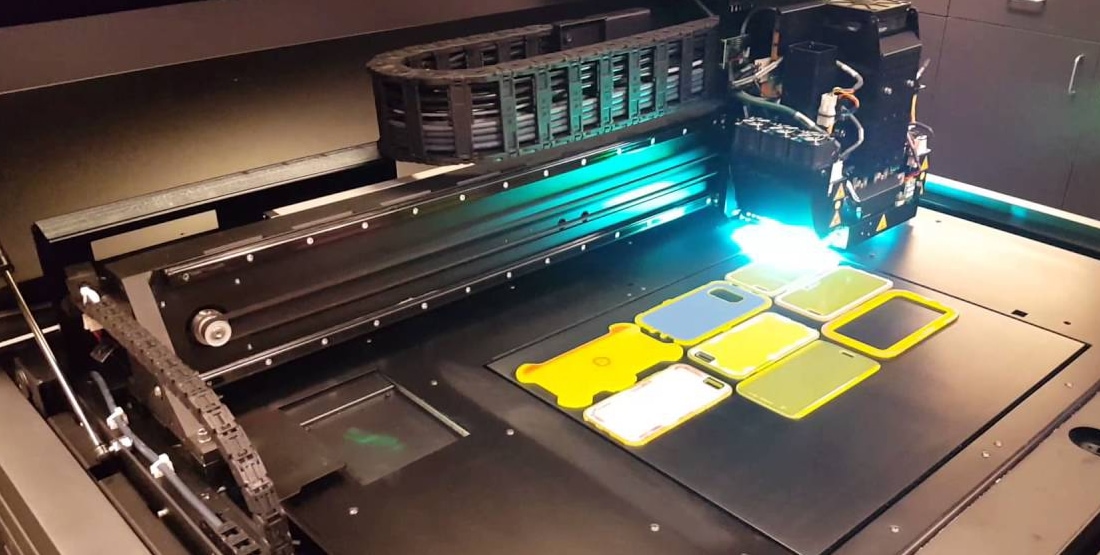
Generative design, or Topology Optimization, is like 3D Printing; building the design before your eyes virtually on your computer. All you need are the loads the design must withstand and some generative rules.
So why do 3D Printing and Topology Optimization go hand and hand? Topology Optimization creates organic features, almost like bone, making traditional manufacturing a challenge; but not for 3D Printing. Because 3D Printing is an additive manufacturing process the part can have an organic shape without having to worry about how it will be machined.
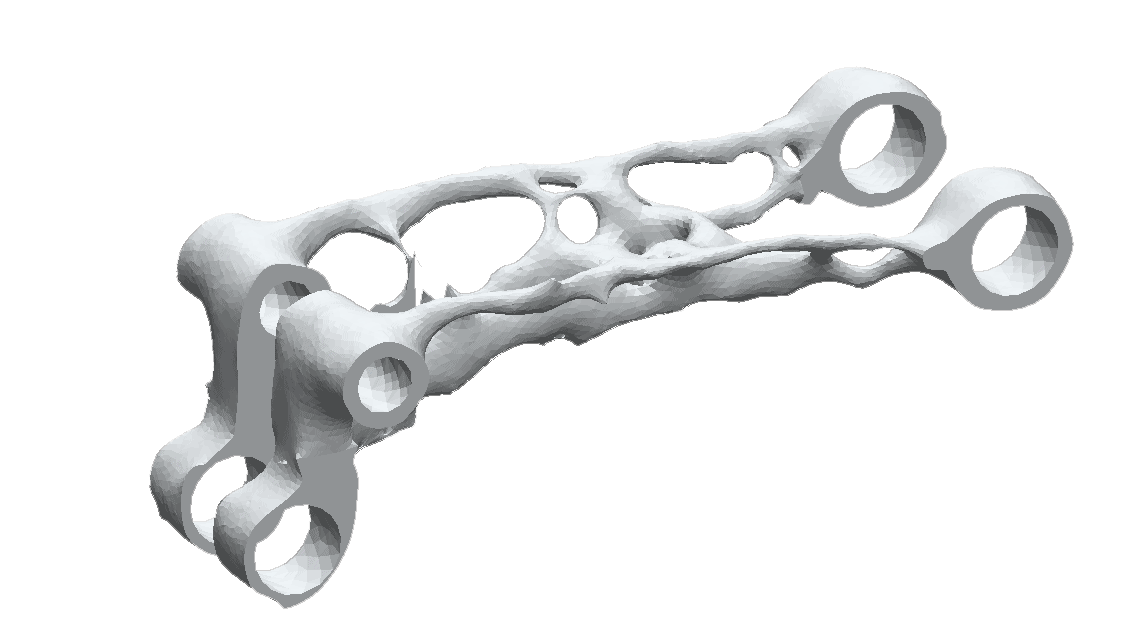
Traditional Design
Most engineers, including myself, have come to rely on a traditional approach. Start with a block of material and subtract from the block until the part is created. This takes time to produce and leads to waste. The designs also tend to be heavy despite our best efforts. For example, the part below is for a radio controlled buggy. The part is the shock mount for the front suspension. Traditionally the design will go through a series of iterations either manually or by using Parametric Optimization in the SOLIDWORKS Simulation Professional analysis tool.

You can see the iterations and how the engineer attempted to keep the strength as high as possible but remove weight. Due to the angled load a large top section and ribs were found to be ideal using traditional methods. The part is still heavy and weighs 12 grams if made from aluminum.

Generative Design
Using Topology Optimization, part of the SOLIDWORKS Simulation Professional tool, a different leaner part is created. The Topology study needs some additional information, including areas of the design to keep. In this case these are the mounting holes.
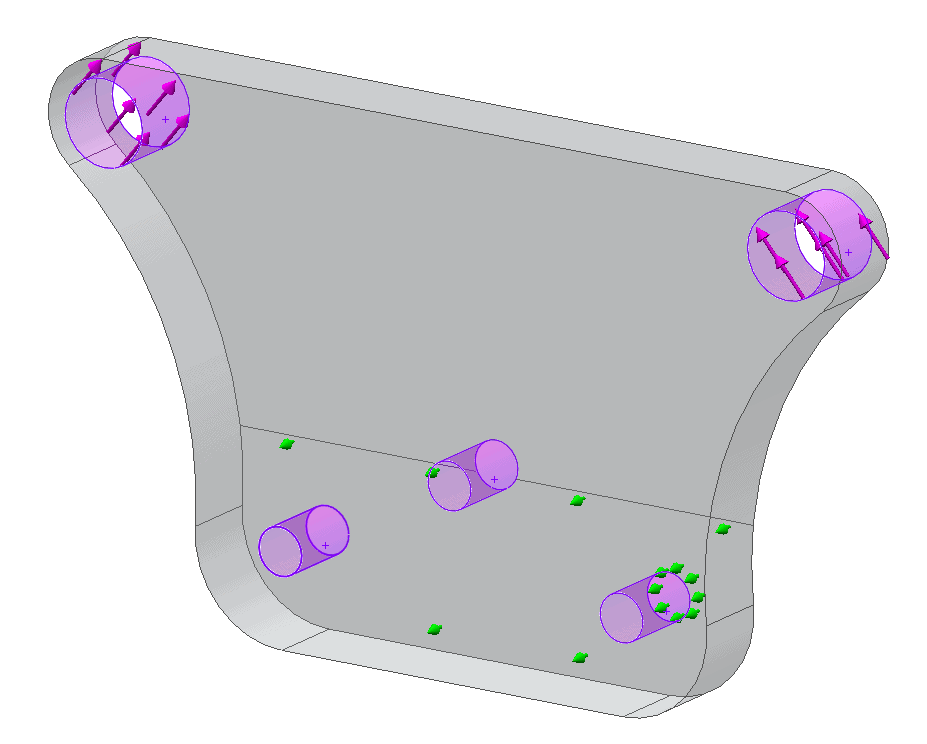
The loads are applied in the same way as in the previous design. Criteria like maximum stress, optimal stiffness to weight ratio, or factor of safety are used for the generative designs goal.
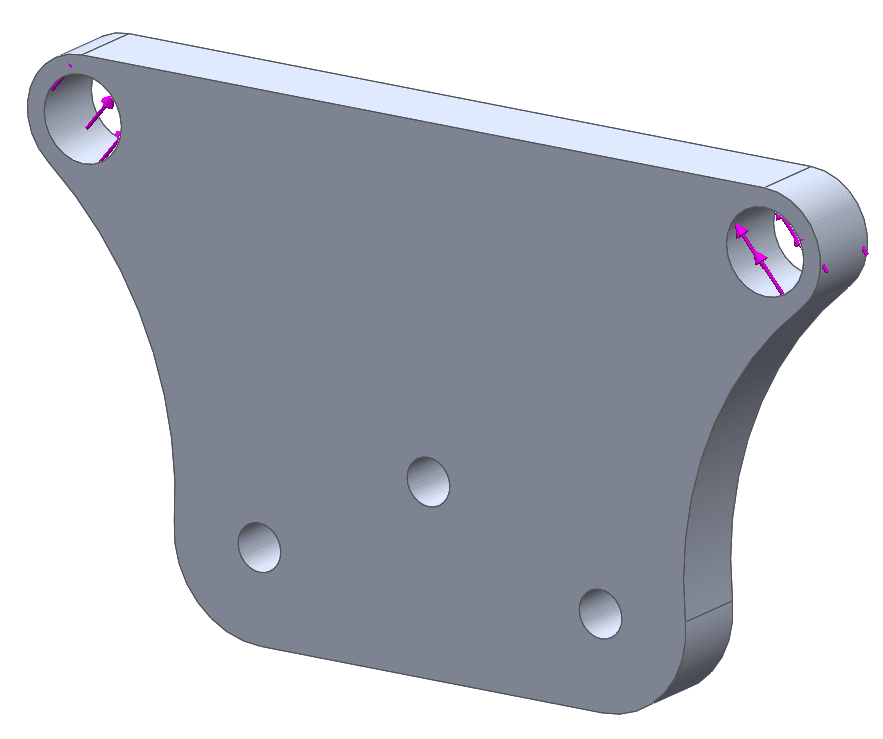
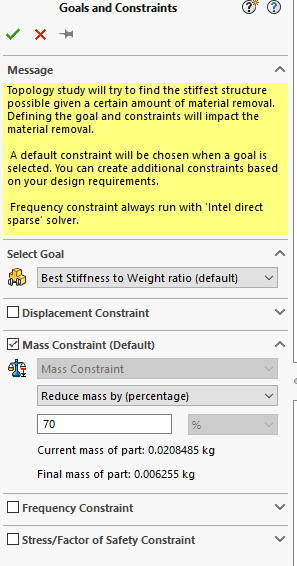
The result is something unlike anything a traditional engineering approach would create. Organic in shape the Topology optimized part is directly applicable to 3D Printing, so much so that the topology study has a direct .STL output. We keep the strength that we created in the traditional method but reduced the weight by 59% to 4.99 Grams.
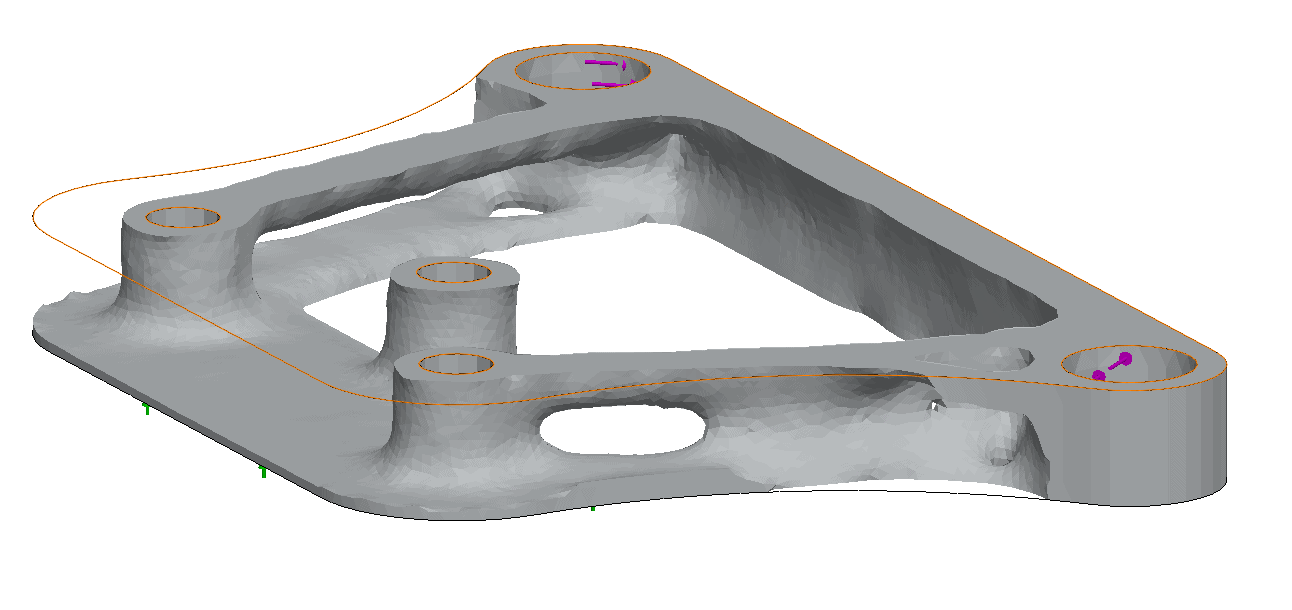
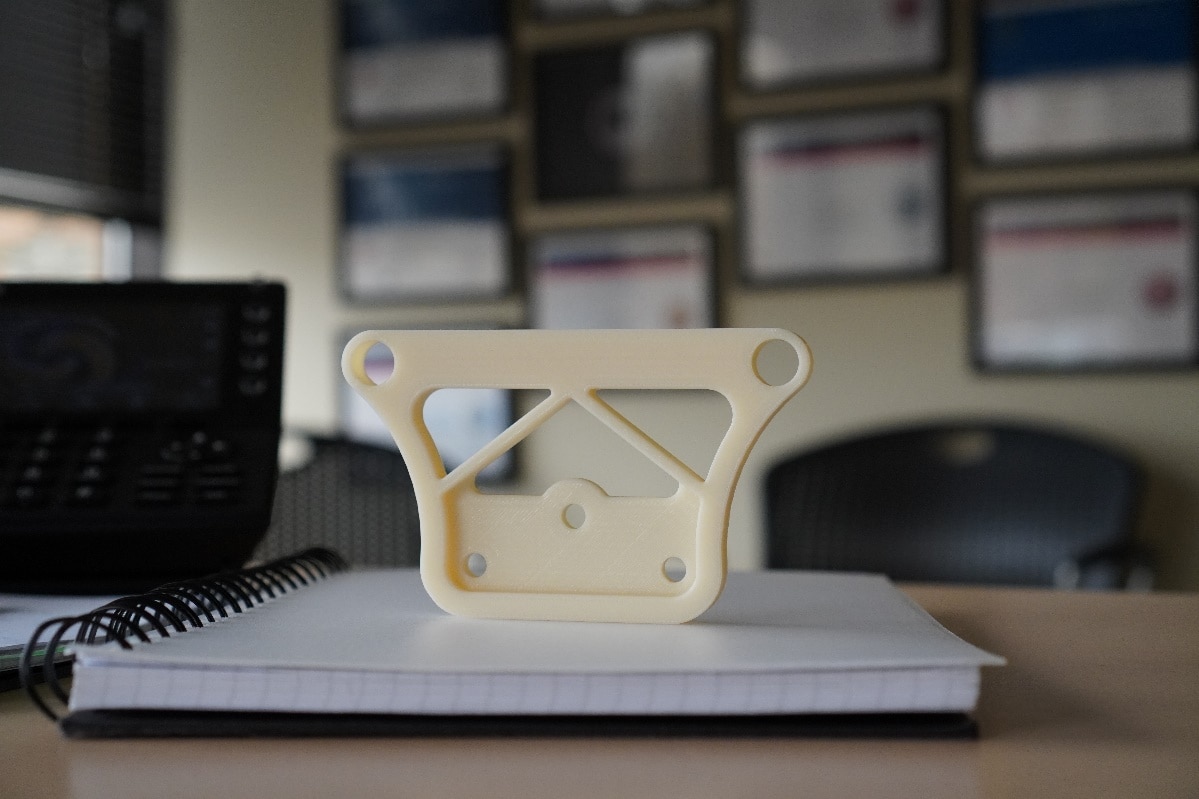
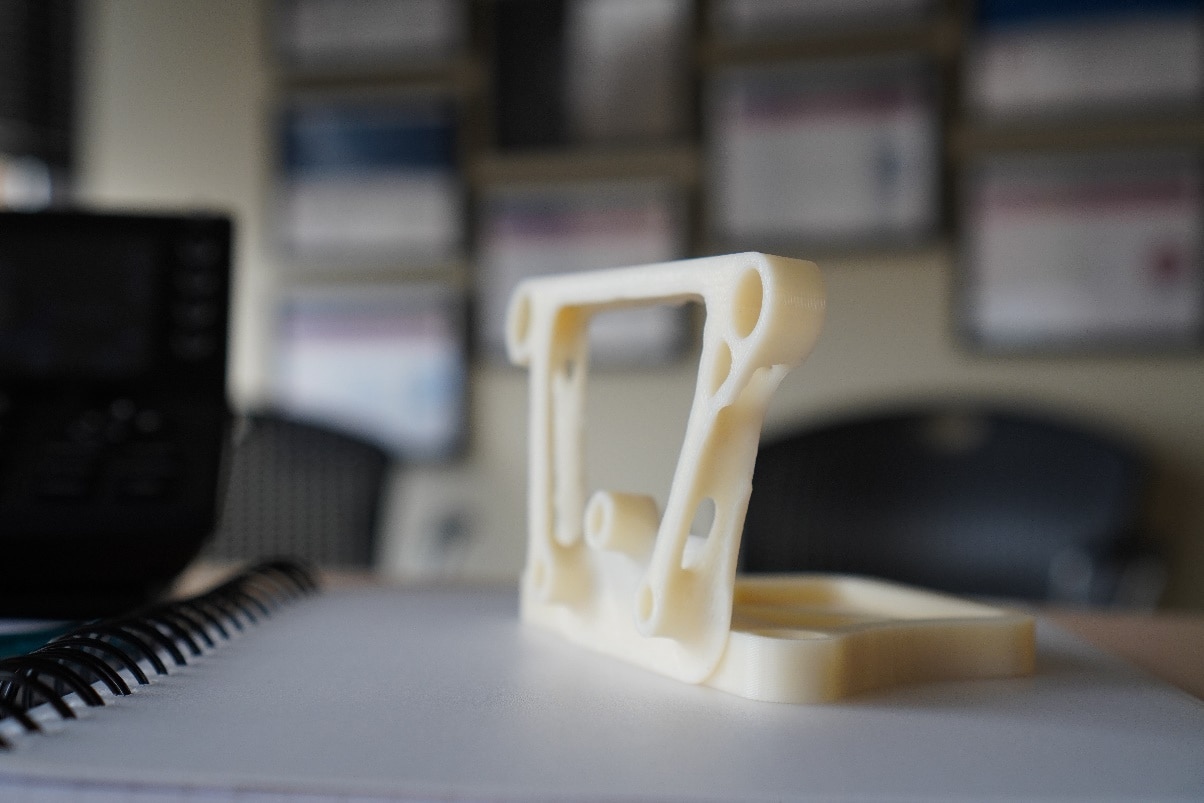
Breaking from tradition takes some guts, but with SOLIDWORKS Simulation Professional’s Topology Optimization, and STRATASYS 3D Printers you are provided with the tools to make good designs happen. Be on the leading edge of this new technology and challenge your industry to rethink how your designs can be generated.

Robert Warren
Simulation Specialist, Elite Application Engineer
Dad, Husband, Mechanical Engineer, Jeep and Sasquatch Aficionado
Computer Aided Technology

 Blog
Blog